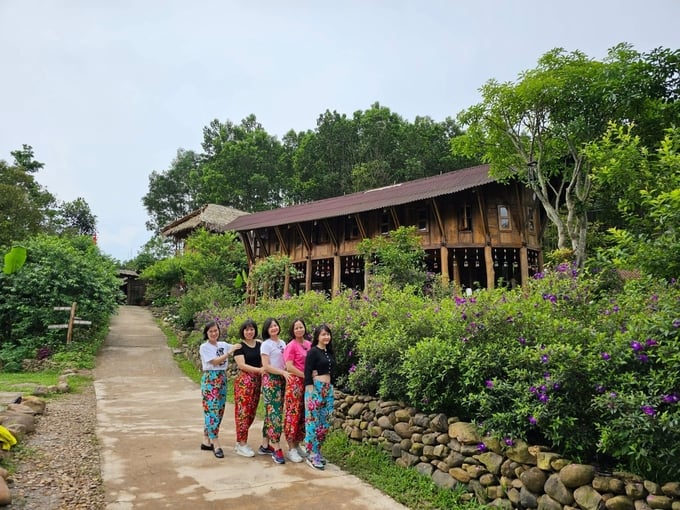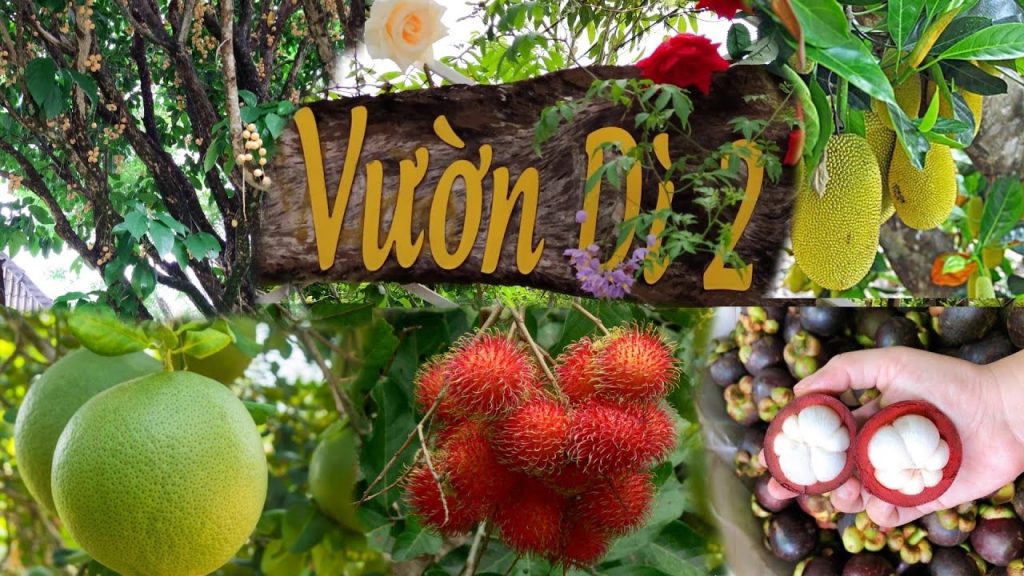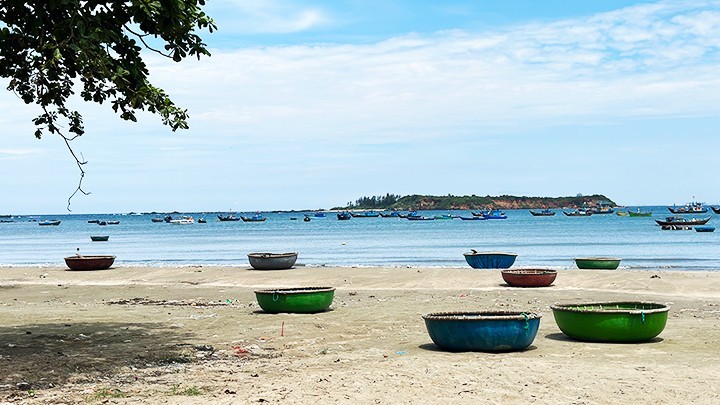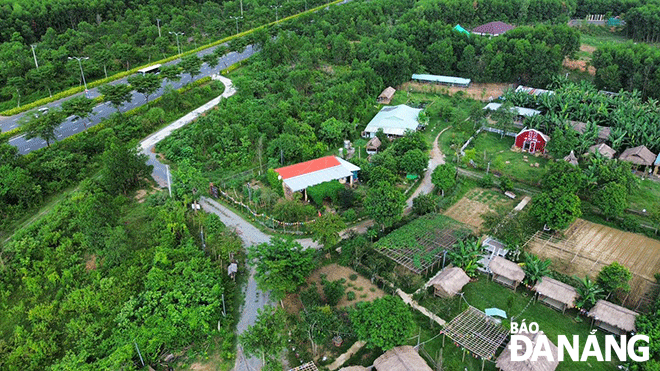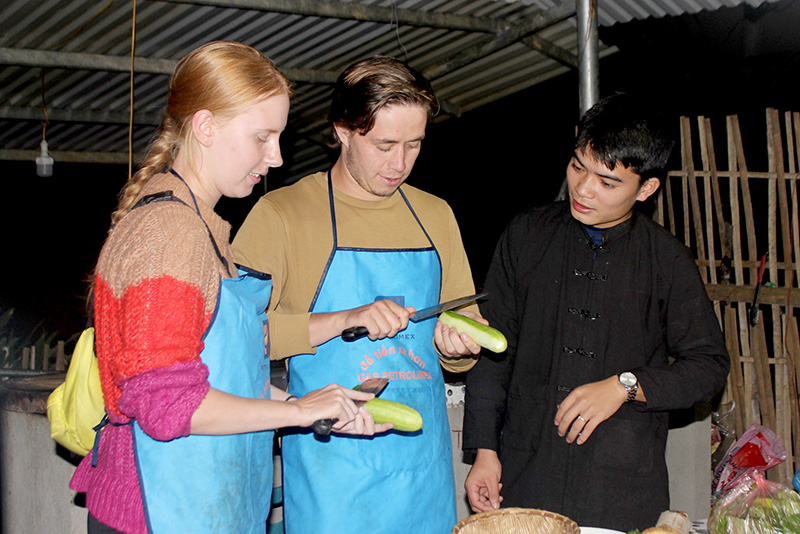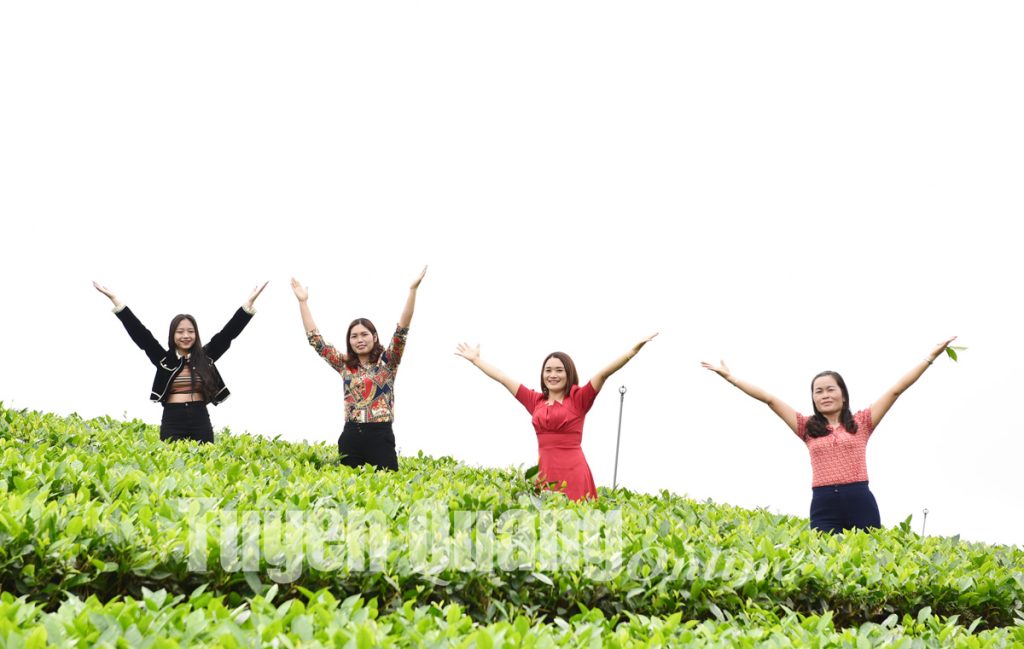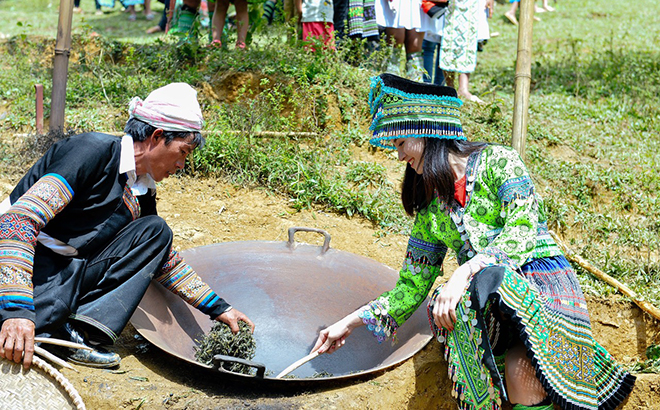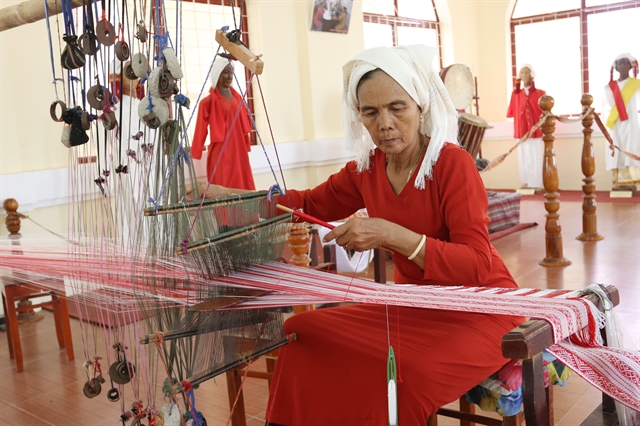 |
The handloom weaving village of Mỹ Nghiệp was founded in the 17th century in Phước Đàn Town, the south central province of Ninh Thuận and is regarded as one of the oldest craft villages in Southeast Asia.
It is a symbol of the ancient cultural and spiritual values of the Chăm ethnic people in the province, and in the central region of Việt Nam in general. The traditional craft has existed for centuries in the village. Over the years, local people have been weaving cloth on handlooms according to traditional methods that helps preserve the Chăm culture.
 |
| Handloom cloth patterns bear the identity of the Chăm ethnic group. |
According to elderly residents, in the 17th century a woman named Ponuga founded the craft that was then handed down to the Chăm people in present-day Mỹ Nghiệp Village.
Previously, to have the materials for weaving the cloth, it took the locals much time and effort to grow cotton plants, take cotton fibres, and dye them. But now all these materials, from cotton yarns to artificial colourings, are available in the market, facilitating the craft to expand.
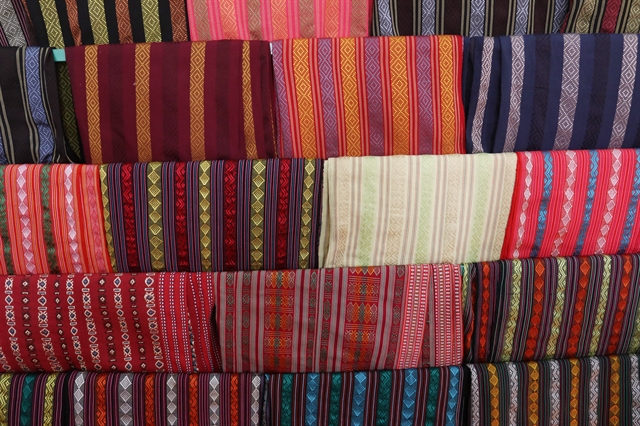 |
| Some patterns of handloom cloth of the Chăm people in Mỹ Nghiệp Village. |
The village is home to 730 households with nearly 400 artisans practising the craft using old techniques passed down from generation to generation.
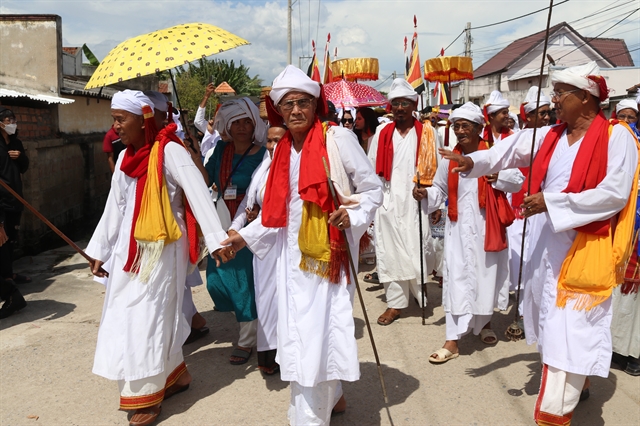 |
| The costume of Chăm ethnic dignitaries is made with traditional fabrics. |
Mỹ Nghiệp villagers now make different products besides the traditional ones such as bags, purses and backpacks which are not only sold in the domestic market but also exported to Japan, German, France and the US.
The craft has provided jobs for local people, improving their living standards. To further develop the craft, artisans in the village pay much attention to creating new, unique patterns to meet the demand of customers.
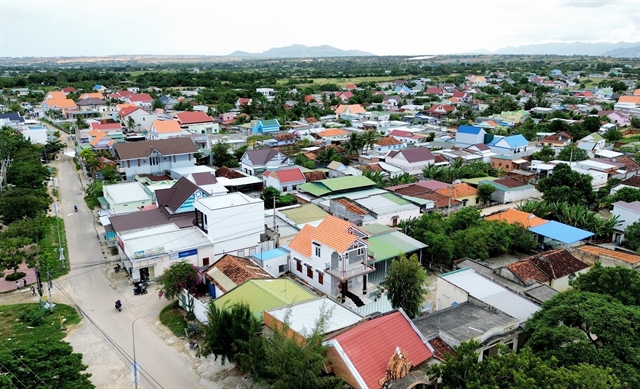 |
| Mỹ Nghiệp brocade weaving village is 12km south from the centre of Phan Rang – Tháp Chàm City along National Highway 1A. |
VNS – vietnamnews.vn

